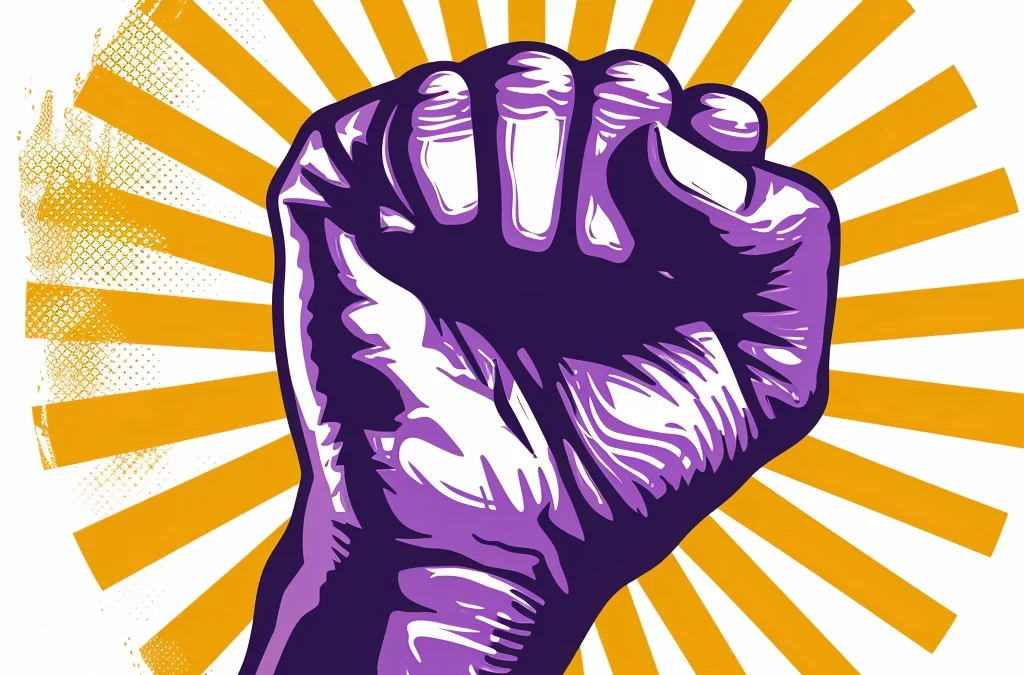The Local 1000 contract expires on July 1, and the entire union is mobilizing, gathering resources and building member power. We begin negotiating with the state in April, so our 63-member bargaining team is in place and deep in preparations, training and strategizing to bring the 95,000 state workers we represent the best contract we’ve ever had.
The bargaining team represents the union at the negotiating table and is made up of members from the nine bargaining units represented by Local 1000. Issues that affect all represented employees such as pay, benefits and retirement are negotiated at the master table while each of the nine bargaining teams negotiate unit-specific issues.
Unit 3 Teachers and Librarians in Special Facilities
Bargaining Unit 3’s 5-person bargaining team represents about 1,500 members in numerous teaching, education and librarian classifications.
The Unit 3 bargaining team receives support at every level from staff in our Contract department; researchers and attorneys work with members on the bargaining team to craft contract language and hone bargaining strategies.
Members of the bargaining team invest a significant amount of time, but they all make the commitment for an important reason: to bring the needs of their coworkers to the bargaining table.
“We’re working hard so we can put our members’ concerns—for better wages, working conditions and benefits—into the next contract,” says Sulghi Hong, a teacher at the Fremont School for the Deaf who serves on the Unit 3 Bargaining team.
Unit 3 Chair Bruce Theel, a teacher at High Desert State Prison in Susanville, agrees that bringing members’ concerns forward motivates all the members of the bargaining team. And, he says, the more members that are active, the more likely that we will get the contract we want.
“One person may not have much effect,” says Theel, “but when you get people massed together and they are all going for that one goal, they’re unstoppable.”
